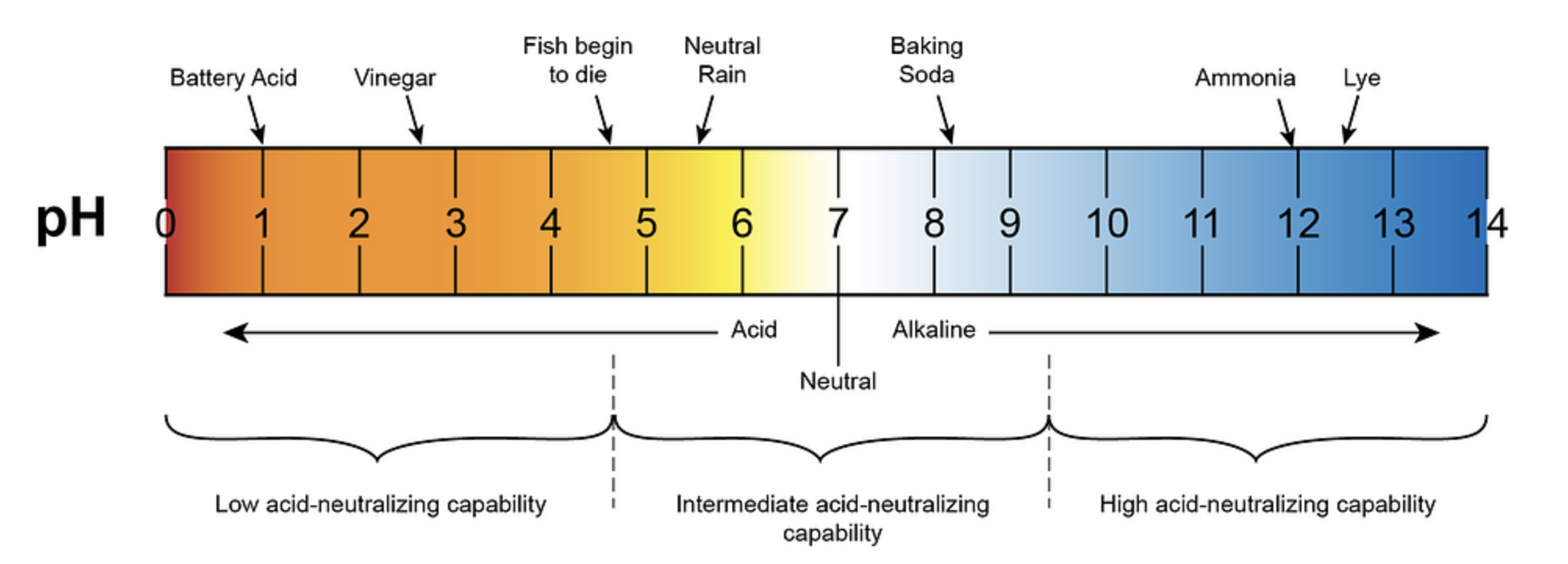The pH value of potassium oxide in water is 12.52. This is because potassium oxide is a strong base that completely dissociates into potassium ions (K+) and hydroxide ions (OH-) when dissolved in water, leading to a high concentration of OH- ions.
Understanding the Reaction
When potassium oxide (K2O) is added to water, the following reaction occurs:
K2O + H2O → 2 K+ + 2 OH-
This reaction shows that the potassium oxide completely dissociates, releasing two potassium ions (K+) and two hydroxide ions (OH-) into the solution. The high concentration of hydroxide ions is what gives the solution a high pH value of 12.52.
Handling Potassium Oxide
Potassium oxide is a highly reactive substance and can pose significant health hazards. It is important to handle it with care and use appropriate personal protective equipment (PPE) such as gloves, lab coats, and safety glasses.
Potential Health Hazards
- Skin irritation: Potassium oxide can cause skin irritation and even burns upon contact.
- Eye damage: Exposure to potassium oxide can lead to severe eye damage, including corneal burns and vision impairment.
- Respiratory irritation: Inhaling potassium oxide dust or fumes can irritate the respiratory system and cause coughing, wheezing, and difficulty breathing.
Proper Handling Procedures
- Work in a well-ventilated area to minimize exposure to fumes or dust.
- Wear appropriate PPE, including gloves, lab coat, and safety glasses.
- Avoid skin and eye contact by using engineering controls or administrative measures to limit exposure.
- Properly dispose of any waste or contaminated materials according to local regulations.
Potential Issues and Considerations
The high pH value of potassium oxide in water can lead to several potential issues:
Formation of Metal Hydroxides
The high concentration of hydroxide ions can react with dissolved metal ions to form metal hydroxides, which can precipitate out of the solution and cause scaling or blockages in pipes and equipment.
Reaction with Carbon Dioxide
The hydroxide ions can also react with carbon dioxide in the air to form carbonate ions, which can also contribute to scaling and other issues.
pH Adjustment
To address these issues, it may be necessary to use pH adjustment techniques, such as adding acid to lower the pH value or using chelating agents to bind with metal ions and prevent precipitation.
Monitoring and Maintenance
Regular monitoring and maintenance of the pH value are essential to ensure that it remains within a safe and effective range.
Alternatives and Home Remedies
It is generally not recommended to handle potassium oxide or its solutions without proper training and equipment, as it can be highly reactive and dangerous. However, for those working in a laboratory or industrial setting, it may be possible to use alternative chemicals or processes that do not involve potassium oxide, or to use safer forms of potassium oxide such as potassium hydroxide, which is less reactive and easier to handle.
Conclusion
The pH of potassium oxide in water is 12.52, which is due to the complete dissociation of the compound into potassium ions and hydroxide ions. While potassium oxide is a useful chemical, it is also highly reactive and can pose significant health hazards. Proper handling procedures, including the use of PPE and pH adjustment techniques, are essential to mitigate the risks associated with this substance.
References:
- Potassium Oxide: Structure, Formula, Properties & Uses – Turito
- Potassium oxide: Structure, Oxidation Number, Preparation & Uses
- Potassium oxide – Wikipedia
- What is the chemical equation for potassium oxide + water – Socratic
- Potassium Oxide: K2O, Structure, Properties & Uses – Collegedunia
- What would be the pH of a reaction between potassium oxide and water?.

